Work zones are essential to maintaining and repairing federal and state highways and roads. However, if not properly designed and implemented, work zones on roadways can be extremely dangerous. Poorly designed work zones can lead to injuries and even fatalities. Business leaders at construction companies have a responsibility to understand and follow the established safety regulations, especially when it comes to installing work zone barricades. Finding the right barricades for a given work zone can be difficult. Not all barricades are suitable for use in high-traffic or fast-moving traffic areas, and it is important to know you are utilizing the right equipment.
As a company owner, you will come across numerous situations where you want to control traffic effectively. This is where you need to think about purchasing traffic barricades available out there. Continue to read and we will share the reasons on why you need to get traffic barricades for the company. Barricades may appear to be self-explanatory constructions, but with so many variations now accessible to construction workers, event planners, public institutions, and police agencies, it’s important to know what a barrier is.
What exactly are traffic barricades?
It depends on who you’re speaking with. A barricade is defined as “an improvised barrier built across a roadway or other thoroughfare to block or delay the advance of opposing troops,” according to the official definition. This reminds me of the numerous traffic obstacles we see on a regular basis.
OSHA defines a barricade as “a physical obstruction, such as tapes, cones, or A-frame type wood or metal structures, that provides a warning about, and limits access to, a hazardous area… A physical obstruction that prevents contact with energized lines or equipment or prevents unauthorized access to a work area.”
OSHA’s definition is particularly important because barriers are frequently used as safety requirements in potentially hazardous work environments such as stocking and warehouse work, construction work, and even janitorial work, all of which are on OSHA’s list of the 10 most dangerous workplaces in terms of accident or injury rates.
While traffic barriers are the most common form of barricade, as OSHA plainly illustrates, barricades are necessary for many workplaces, including those that are inside and away from the flow of traffic.
Why do you need traffic barricades?
As previously said, barriers are commonly thought of as traffic and construction safety constructions, and this is not without cause. Despite the fact that construction sites employ just 6% of American employees, they account for 20% of worker deaths each year. Simply put, construction sites are hazardous environments. Barricades are used to identify or block off holes in the ground, dangerous equipment, and locations where electrocution dangers occur, in addition to protecting construction workers from the traffic surrounding them.
However, as previously said, building activity is not the sole use for these dependable barriers. Consider the last time you went to a parade, a marathon, or even a farmer’s market outside. Barricades are probably utilized for crowd control as often as they are for building purposes. Steel barriers such as this are employed in these situations not just to shield spectators from traffic, but also to assist attendance to understand where they should and shouldn’t go. Barricades may also be used by theme parks to mark entry and departure lines.
What are the best traffic barricades available for you to get?
Now you are aware of what traffic barricades are all about. While keeping that in mind, let’s take a look at the best traffic barricades that are available for you to get as of now.
Steel traffic barricades
Steel barriers are very adaptable constructions that may be used for crowd control and safety in both outdoor and interior settings. While they may be powder painted in traffic safety colors like red, yellow, and orange, they can also be customized with different colors to accommodate special events or to preserve brand colors for colleges or businesses.
Steel barriers are especially helpful for outdoor events since they’re frequently powder coated, such as the unique colors mentioned above, or galvanized with zinc to preserve them rust-free. Feet come in a variety of styles, depending on the type of surface they’ll be on. Fixed and detachable bridge feet, for example, are built for uneven terrain, whereas flat detachable feet are ideal for flat surfaces such as parking lots, concrete floors, and interior flooring.
Interlocking hooks and receivers are included on the sides of these barriers, allowing you to build as long a continuous barrier as you require.
Simple barricades
Simple Barriers or traditional traffic barricades typically refers to basic barricades consisting of steel frames with two, three, or four rows of plastic boards running across them. Reflective coatings and stripes are common on these boards to make them more visible to incoming vehicles. While they aren’t as powerful as a concrete jersey barrier at preventing vehicles from entering an area, they do make it clear to cars and pedestrians where they can’t go.
These are also known as “Type II” and “Type III” barricades, depending on the number of boards that go across them.
Foldable barricades
Instead of the steel frames with boards stated above, Type II barricades might alternatively refer to “folding barriers” or “A Frames.” A Frames resemble traditional traffic barriers in appearance and function, but instead of steel, they employ A-shaped plastic forms to hold the barrier boards.
Folding barricades, on the other hand, resemble the sandwich board signs that restaurants use to display their menus along the sidewalk, but they feature the same reflective orange striped plastic boards as traffic barriers. These 2-foot-tall barriers are more commonly used to protect people from falling or tripping onto holes in the pavement rather than to block off big highways. Because they’re tiny, lightweight, and easy to move about, they may also be used to block corridors during construction or maintenance work.
Plastic barricades
“Pedestrian barriers” is another term for plastic obstacles. They’re structurally similar to the steel barricades discussed earlier, with interlocking mechanisms to allow for the building of continuous barriers, but because they’re constructed of plastic, they’re best utilised on sidewalks or pathways to block pedestrians rather than cars.
Final words
Now you have a complete picture on traffic barricades. Keep these facts in mind and pick the best type of traffic barricade that you can get for your company. Then you can continue to use them and receive the best returns offered on the way of your business.
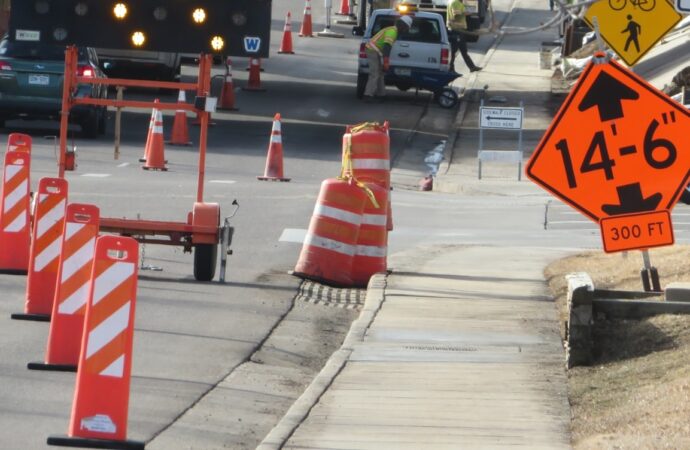

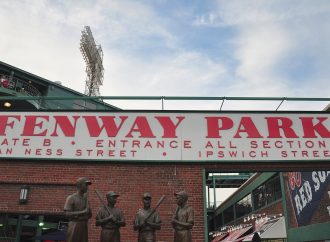

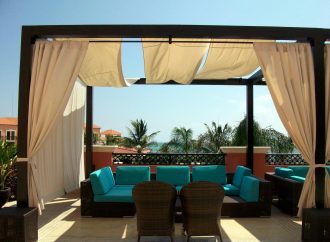


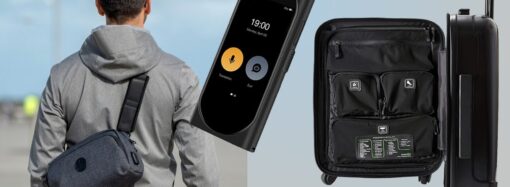





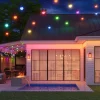

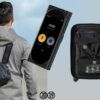


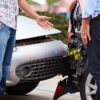
Leave a Comment
Your email address will not be published. Required fields are marked with *